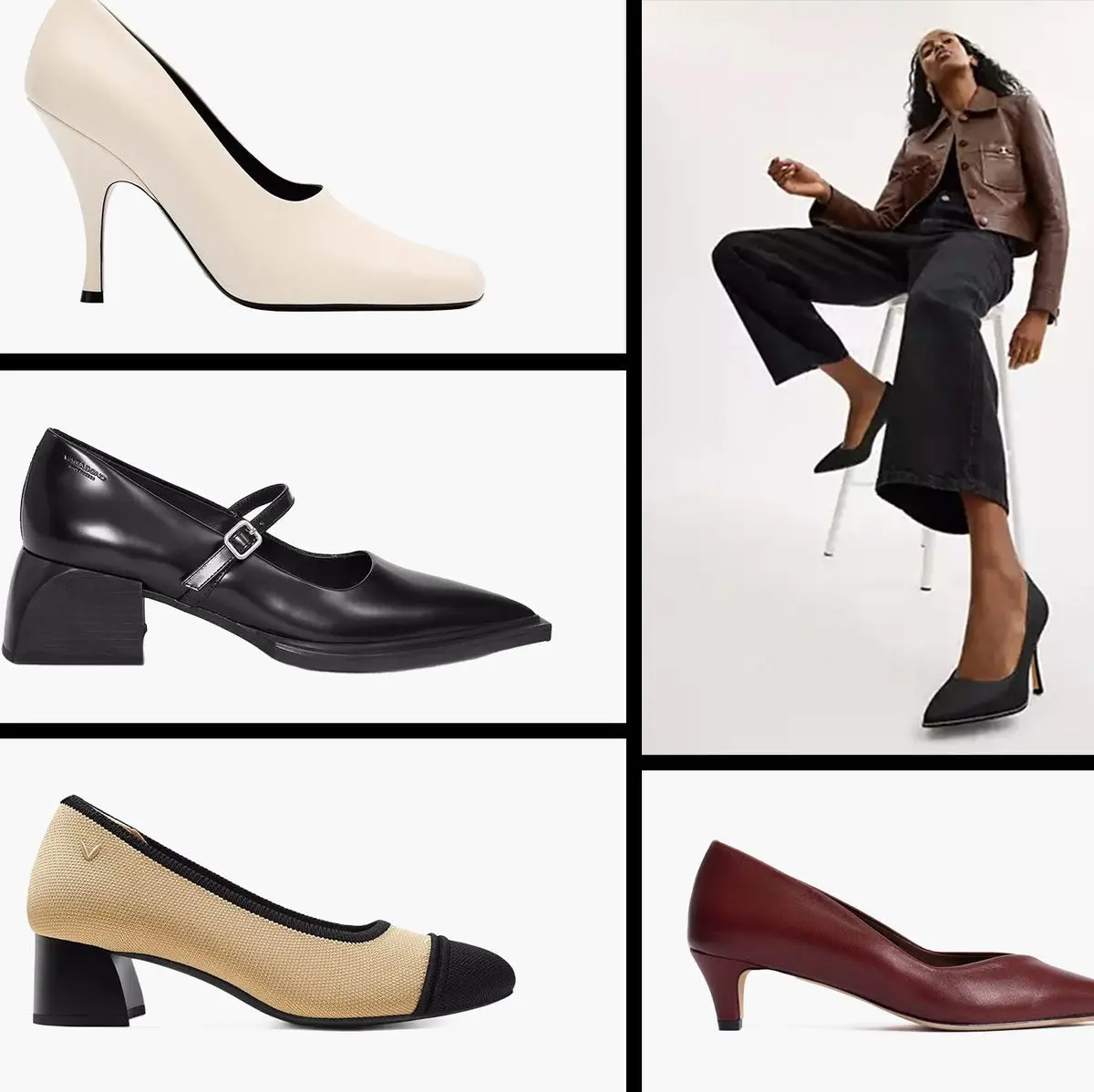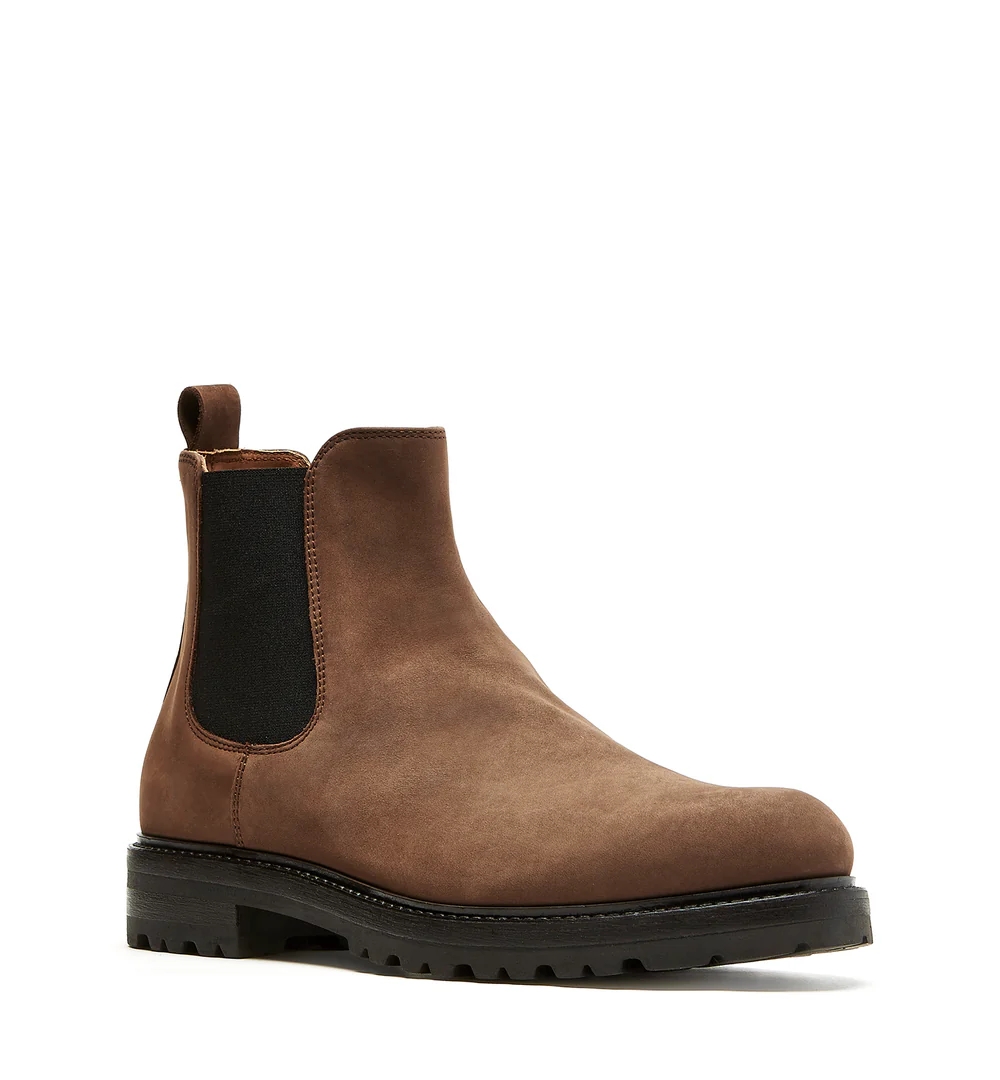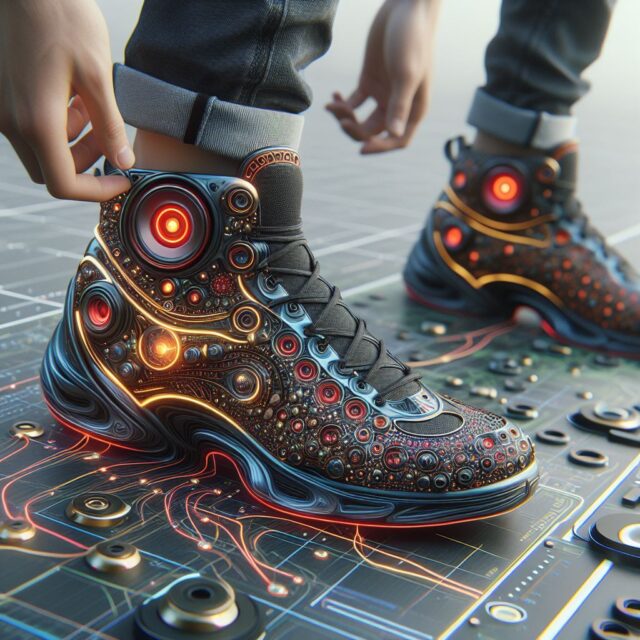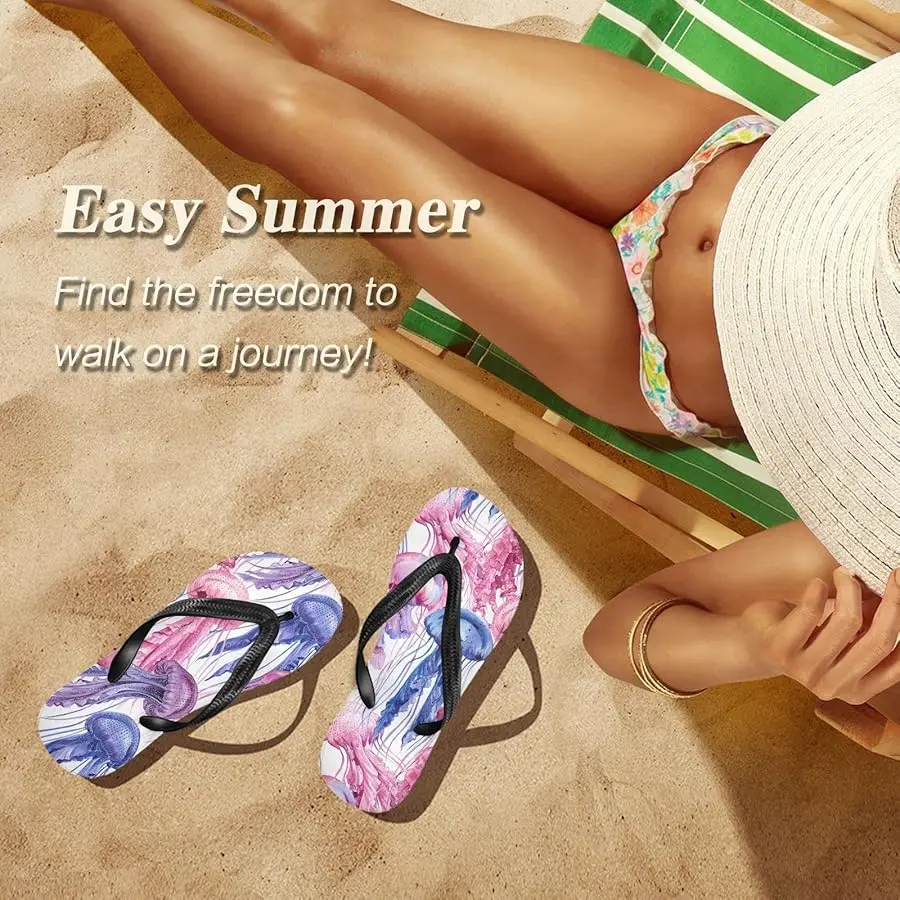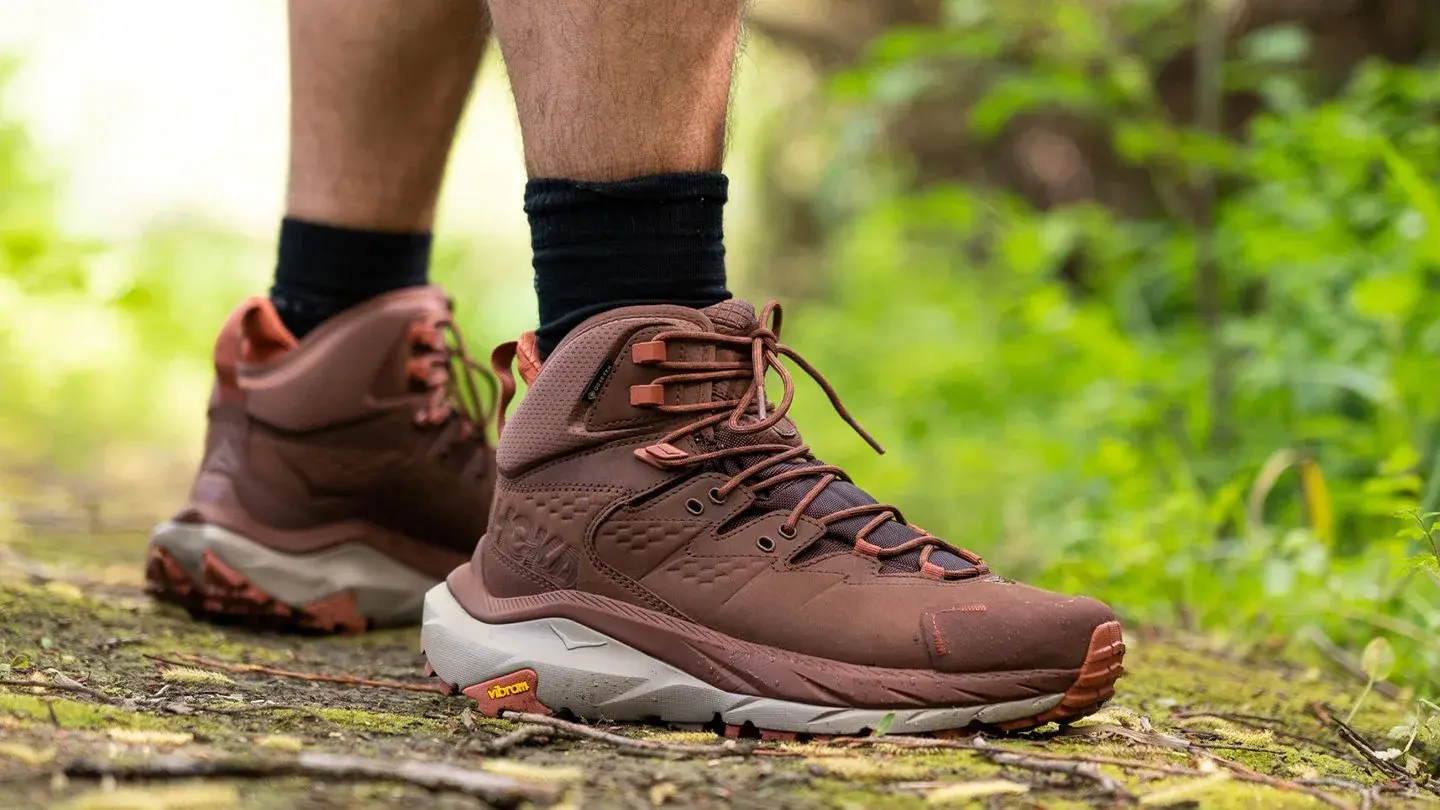The Art of Shoe and Apparel Matching A Guide for Fashion Retailers
The Importance of Shoe and Apparel Matching
Shoes and clothing go hand in hand. A carefully selected pair of shoes can make or break an outfit. For instance, the wrong shoes can make a stylish outfit look disjointed, while the perfect pair can complete the look and draw attention in all the right ways. As such, for brands in the footwear and fashion industry, offering well-matched sets of shoes and apparel can significantly enhance customer experience and loyalty.
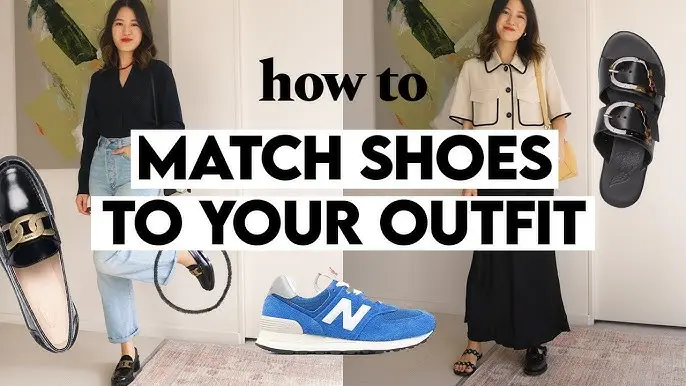
Key Factors for Matching Shoes with Apparel
Occasion Matters The first rule of matching shoes to apparel is considering the occasion. A casual look is fundamentally different from formal or business attire, and the footwear should reflect that.
- Casual Outfits: Sneakers, loafers, and flat sandals are great choices for casual looks. Pairing sneakers with a pair of jeans or leggings works well, while loafers can complement chinos or casual trousers.
- Formal Outfits: For formal settings like business meetings or evening events, heels (both high and low) and polished dress shoes are the go-to options. A well-designed pair of classic black or beige heels can add elegance to a business suit or evening dress.
- Sports and Activewear: Athletic shoes, such as Running Shoes or specialized footwear, should be paired with sportswear like leggings, track pants, or athletic shorts. A cohesive sports outfit makes a statement both in terms of function and style.
Color Coordination Color coordination is critical when matching shoes to apparel. It’s often best to pair neutral-colored shoes with bold or vibrant clothing. For example, black, white, or nude shoes can pair with almost any color of clothing, making them versatile choices for both casual and formal wear.
However, don’t be afraid to experiment with bold colors. Shoes can either match the dominant color of the outfit or contrast with it for a pop of interest. For example, red shoes with a black dress can be striking, while a patterned dress might benefit from a pair of simple, monochromatic shoes.
- Monochromatic Looks: These are outfits where everything matches or is from the same color family. In these cases, shoes of the same color as the outfit or slightly darker/lighter shades can work wonders.
- Contrasting Colors: If the outfit is a solid color, opt for shoes that provide a pop of color. For example, pairing a yellow dress with a pair of purple heels creates an eye-catching contrast.
Texture and Material Texture plays a huge role in creating the right balance between shoes and apparel. A casual dress paired with patent leather shoes might not create the cohesive, effortless look you want. Instead, opt for suede or fabric shoes for a more natural and elegant pairing.
- Leather Shoes: Leather is a versatile material, but it leans more toward formal looks. It pairs well with suits, dress shirts, or tailored trousers.
- Suede Shoes: Suede has a softer texture and is ideal for more relaxed or semi-formal outfits, such as blazers with chinos or casual dresses.
- Fabric Shoes: Fabric shoes, including canvas and mesh, are perfect for casual wear and active outfits. Pair them with jeans, t-shirts, and casual jackets.
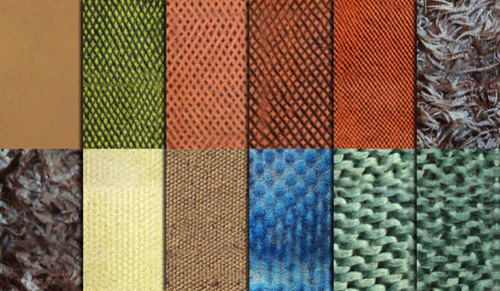
Heel Height and Shoe Style The height and style of the shoe should be considered based on the fit and formality of the outfit. High heels may look perfect with a cocktail dress or evening gown, but they’re not suitable for all occasions, especially casual settings.
- Flats and Low Heels: These are great for office wear or a day out running errands. They offer comfort without sacrificing style and can be worn with dresses, skirts, and even tailored pants.
- Platform and High Heels: These shoes elevate the outfit, both in height and style. Ideal for evening wear or business casual events, high heels can transform an outfit from ordinary to extraordinary.
- Boots: Boots are extremely versatile, fitting both casual and semi-formal looks. Pair ankle boots with skinny jeans for a chic urban look or knee-high boots with a dress or skirt for more sophisticated styling.
Seasonality The time of year can influence both your choice of clothing and footwear. In colder months, boots are a natural choice, while sandals or flats dominate the warmer months.
- Winter: In colder months, pairing heavy footwear like winter boots or leather ankle boots with layered clothing, such as coats, sweaters, and scarves, will create a chic and cozy look.
- Summer: For summer, lightweight shoes like sandals, espadrilles, or sneakers pair well with dresses, shorts, and skirts.
Combining Shoe Types with Fashion Styles
Casual Chic Casual chic is all about blending comfort with style. Pair sneakers with a loose-fitting dress or tailored trousers for a laid-back, yet fashionable look. A pair of flat sandals or ballet flats also works well with casual outfits like denim skirts and simple t-shirts.
Boho Style Boho fashion is characterized by flowing dresses, ethnic prints, and earthy tones. Complement this style with gladiator sandals, ankle boots, or simple moccasins. The key is to keep the footwear earthy and practical, yet stylish.

Corporate Style For office wear, choose shoes that balance professionalism with style. High heels or loafers with a pencil skirt or tailored trousers can provide an elegant look. Men can opt for Oxfords or derby shoes with suits or dress pants.
Evening Glamour Evening attire calls for shoes that make a statement. High heels or stiletto sandals paired with evening dresses or formal gowns can elevate the look. Metallic or embellished shoes work well with simpler dresses, creating an opulent, glamorous appearance.
Tips for Fashion Retailers and Suppliers
- Offer Matching Sets: Consider curating shoe collections that match specific outfits or apparel lines. For instance, offering matching shoes to a seasonal apparel collection, like summer dresses with matching sandals, can make shopping more convenient for customers.
- Consider the Latest Trends: Stay updated with fashion trends to ensure your shoes are in line with current styles. Platforms, color blocking, and sustainable footwear materials are all current trends worth keeping in mind.
- Leverage Customer Preferences: Offer customization options for shoes, allowing customers to tailor their footwear to match their clothing preferences. Custom-designed shoes that pair perfectly with specific apparel sets can be an excellent selling point.
Conclusion
Matching shoes with apparel is an essential aspect of personal style, whether for everyday wear or special occasions. Retailers who understand how to pair shoes with clothing and offer comprehensive collections that cater to various styles and occasions can increase customer satisfaction and drive sales. By considering factors like color coordination, occasion, and material, retailers can help customers create stylish, coordinated looks that complement their individuality and enhance their fashion confidence.
Citation:
- Kotsi, E., & Moutafidou, Z. (2019). Fashion and Footwear: The Evolution of a Dynamic Relationship. Journal of Fashion Marketing & Management, 23(1), 24-40.
- Buller, A. (2020). The Art of Shoe and Apparel Matching. Fashion Retail Journal, 15(3), 58-63.
- De Keyser, A. (2021). Building a Style: How to Pair Shoes and Clothes for Every Season. Fashion Today, 17(6), 100-104.
- Appelbaum, M. (2018). The Role of Footwear in Modern Fashion. Shoe Business Review, 12(2), 67-70.


